Prof. H.M. Rajashekar, retired Political Science Professor and Constitutional Expert
The revoking of Articles 370 and 35(A) that had given special status to Jammu and Kashmir shows the ‘decisive leadership’ of Prime Minister Narendra Modi. This is a very bold step of the Central Government. This decision is very right as it is in the interest of the unity and integrity of the country and viewing the country as one Nation. For a few people, the families are more important than the country.
There will always be criticism and opposition for any good work. However, as leaders one must not bow to such pressures and it is very important to take such tough decisions.
Late Prime Minister Indira Gandhi had also displayed such ‘decisive leadership.’ Punjab terrorist leader J.S. Bhindranwale had stored weapons and arms in Amristar’s Golden Temple premises. Even though this was a religious place, Indira Gandhi through ‘Operation Blue Star’ in 1984 had the temple invaded by the Army and eliminated Bhindranwale. She had stood for the support of East Pakistan and was responsible for the defeat of Pakistan in the 1971 war and the creation of Bangladesh. Now, Modi has displayed such a decisive leadership quality.
After independence, Mysore Maharaja it is said, had demanded for separate statehood. The then first Chief Minister K.C. Reddy and other Congress leaders saw to it that the Mysore kingdom was acceded to the country.
However, in case of Jammu and Kashmir, Jawaharlal Nehru did not give this responsibility to Sardar Vallabhbhai Patel. Instead he listened to the British and placed this issue before the United Nations.
Then America was supporting Pakistan and only Soviet Union (now Russia) spoke in favour of India. Hence, Jammu-Kashmir remained with India. Russia’s contribution must be remembered during this juncture.
Congress must be squarely blamed for Kashmir problem. Even though Nehru was a giant leader, inserting Article 35(A) via the Constitution was a big blunder. J&K without any condition and of its own volition has joined the Indian federation. This has become a State. Hence, it is not right to give special status to J&K for a long time, wrote Jammu and Kashmir High Court Justice A.S. Anand in his book.
In the light of this the Modi Government revoking Articles 370 and 35(A) is a welcome decision.
However, instead of revoking it, it should have been amended. Just like the States of Nagaland, Manipur, Tripura and a few other States have been given special status under Article 371 (A) (B) (C), Article 370 could also have been amended for J&K.
Just as Ladakh has been given the status of Union Territory with no Legislature and the rule from the Centre, J&K must have retained the status of a State keeping in mind the administrative view. This is my personal view. However, since the decision has been taken in the interest of the Nation, it is a welcome move.
J&K was very peaceful place where tourists used to throng. But after 1987, the unrest began in the valley due to provocation by Pakistan and terrorism reared its ugly head. But the ceasefire violation on the border increased. The people of Jammu and Kashmir wilted under the pressure of leadership of Mufti Mohammad Sayeed and Farooq Abdullah. They created unnecessary fear among the people and spoke in favour of Pakistan.
They resorted to all kinds of things including claiming that they were holding dialogues with Pakistan. These two families treated J&K as their personal fiefdom.
In 1969 under the special status 90 per cent grants came from the Centre and only 10 per cent was in the form of loan but this did not help alleviate poverty and the feeling of alienation did not go away in the region. The separatists used funds from Pakistan and misused the special status.
All these issues have been addressed today. Apart from quelling terrorism, the decision is a bold one in the interest of the Nation.
[As told to S.B. Devaraj]



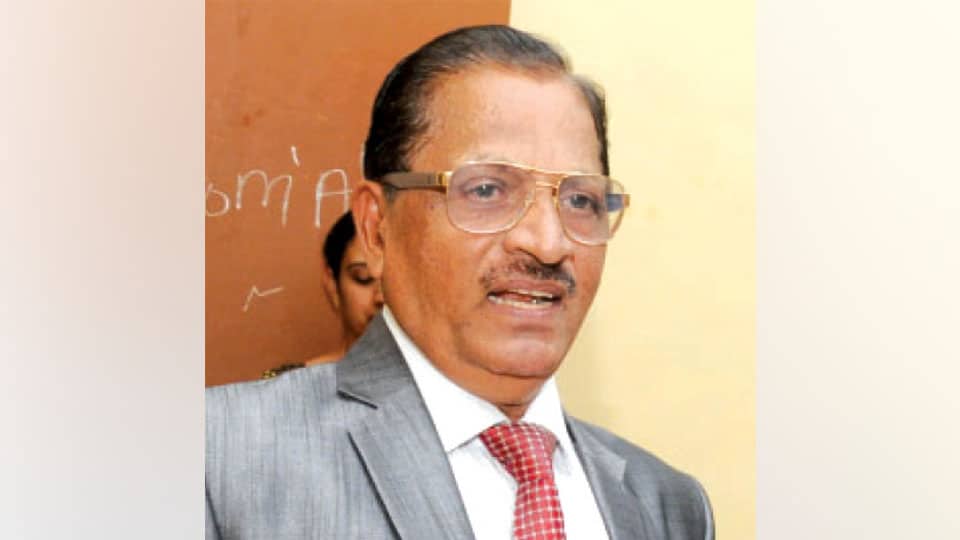
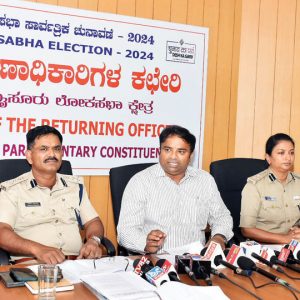
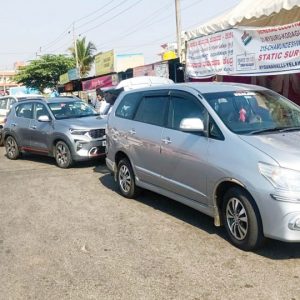
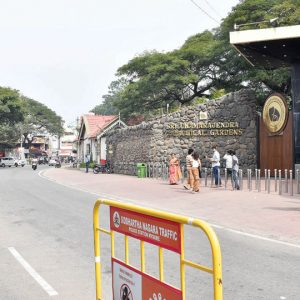
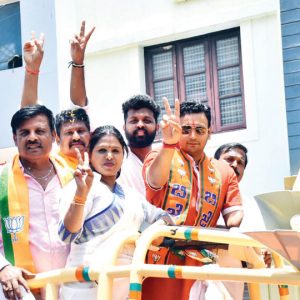
Dear Sir,
This has reference to the article: J&K Special Status Revoked: “Proof Of ‘Decisive Leadership’ Of Prime Minister Modi” By Prof. H.M. Rajashekar, retired Political Science Professor and Constitutional Expert.
The article is full of glaring errors and exposes the inadequacy of political and constitutional knowledge by the author on how India emerged as a sovereign Republic on 26-1-1950 !
But I am more concerned by the learned authors statement that _ ” After independence Mysore Maharaja it is said, had demanded for separate statehood. The then first Chief Minister K.C. Reddy and other Congress leaders saw to it that the Mysore kingdom was acceded to the country.”
India and more correctly British India prior to 15-8-1947 consisted of areas which were directly administered by British thro’ Governor General of India and at the same as Viceroy, He exercised Suzerain Powers over the princely states! Princely states were governed by the terms of respective treaties entered at various periods of times during East India Companies hold over India prior to 1858.
Though Great Britain made an attempt to unite India as a Federation of States thro’ Government of India Act 1935, it did not materialize due to follies of many contending parties. With Word War-II, a war ravaged Great Britain was in a hurry to leave India and thus “Indian Independence Bill” was introduced in the House of commons by the Prime Minister Attlee and was eventually passed by the House on 15-6-1947 and the House of Lords passed it the following day. It received the Royal assent on 18th. By this vivisection of British India in to two dominions called India and Pakistan on 15-8-1947 was foretold.
But as per S-7(1) (b) of ” The Indian Independence Act, 1947 :
The Suzerainty of His Majesty over the Indian States lapses, and with it, all treaties and agreements in force at the date of the passing of this Act between His Majesty and the Rulers of Indian States , all functions exercisable by His Majesty at that date with respect to Indian States, all obligations of His Majesty existing at that date towards Indian States or the Rulers thereof, and all powers, rights, authority or jurisdiction exercisable by His majesty at that date in or in relation to Indian States by treaty , grant, usage, sufferance or otherwise :
From the above it is apparent as on 15-8-1947 all the Princely States became Sovereign Kingdoms, whereas British India was divided as Two Dominions still lorded by a Governor General. There was nothing in the India Independence Act 1947 which bounded the Rulers of the States to lose their new found freedom!
As a logical consequence of the lapse of Suzerainty, on 26-7-1947, the crown Representative in Bangalore retroceded to the Government of Mysore, jurisdiction over the civil and Military Station of Bangalore ( a.k.a Bangalore Cantonment).
On 25-7-1947, Lord Mountbatten addressing a special session of the Chamber of princes circulated a draft Instrument of Accession by which it was proposed that the states should accede to the Dominion on defence, external affairs and communication.
On 9-8-1947, Maharaja of Mysore signed the instrument of Accession and it was accepted by the Governor General of India on 16-8-1947. Section-8 of the Instrument of accession clearly enunciates that it does not in any away affect the Sovereignty of the Ruler in and over his states.
It was the same instrument of Accession which later Maharaja Hari Singh signed on Oct 26,1947 and Nizam on Sept 17, 1948.
Mr. K.C. Reddy had no role in the Maharaja signing the Instrument of Accession. He became a Chief Minister much later on Oct 25, 1947 when a so called demand for Responsible Government was granted by the Maharaja.
Not many seem to be aware that an election for the Constituent assembly of Mysore was held on March 5, 1948 and the first session of the Constituent assembly was held on April 7, 1948.
Sardar Vallabhai Patel in his congratulatory message said:
“…..It redounds to credit of late and present Ruler that they have always bowed to the will of the people and never failed to concede popular demands. May the Constituent Assembly which is meeting under such auspicious combination of circumstances and with so much found of amity and goodwill be guided by wisdom and statesmanship, and fashion a constitution worthy of the people and traditions of Mysore and which would serve as a model and example for other States. I send you all my warmest congratulations and best wishes.”
But as parallel activities in the Constituent Assembly of India emerged the idea of separate constitution for the Princely States / Covenanting States were dropped and they were urged to merge as Part-B states of the New Union of India. Accordingly Constituent assembly of Mysore recommended to the Maharaja to accept the draft constitution of India, Maharaja issued a proclamation accepting the draft constitution on 25th Nov 1949 and the next day Constitution of India was proclaimed and on 26-1-1950, Dominion of India became a Sovereign Republic of India with Mysore becoming a Part-B state of the Union and Maharaja becoming its Raja Pramukh.
The story would not have been much different in Kashmir if India had not gone to UN conceding a Plebiscite (India had no such power and locus-standi under the Instrument of Accession to even to barter away the Sovereignty of an acceding state) and also force Maharaja Hari Singh to virtually abdicate allowing Sheik Abdullah to create mayhem. If not Maharaja Hari Sigh would have also accepted to merge his Kingdom! There would not have been any need of Art. 370 and there would not have been no separate constitution of J&K or Art. 35A.
This is in sum and substance the chronology of events !
Unnecessarily casting aspersions on Maharaja that too on the Birth Anniversary of him is unfortunate.
I sincerely hope that despite this post being a long one will be published in the interest of fairness and equity.